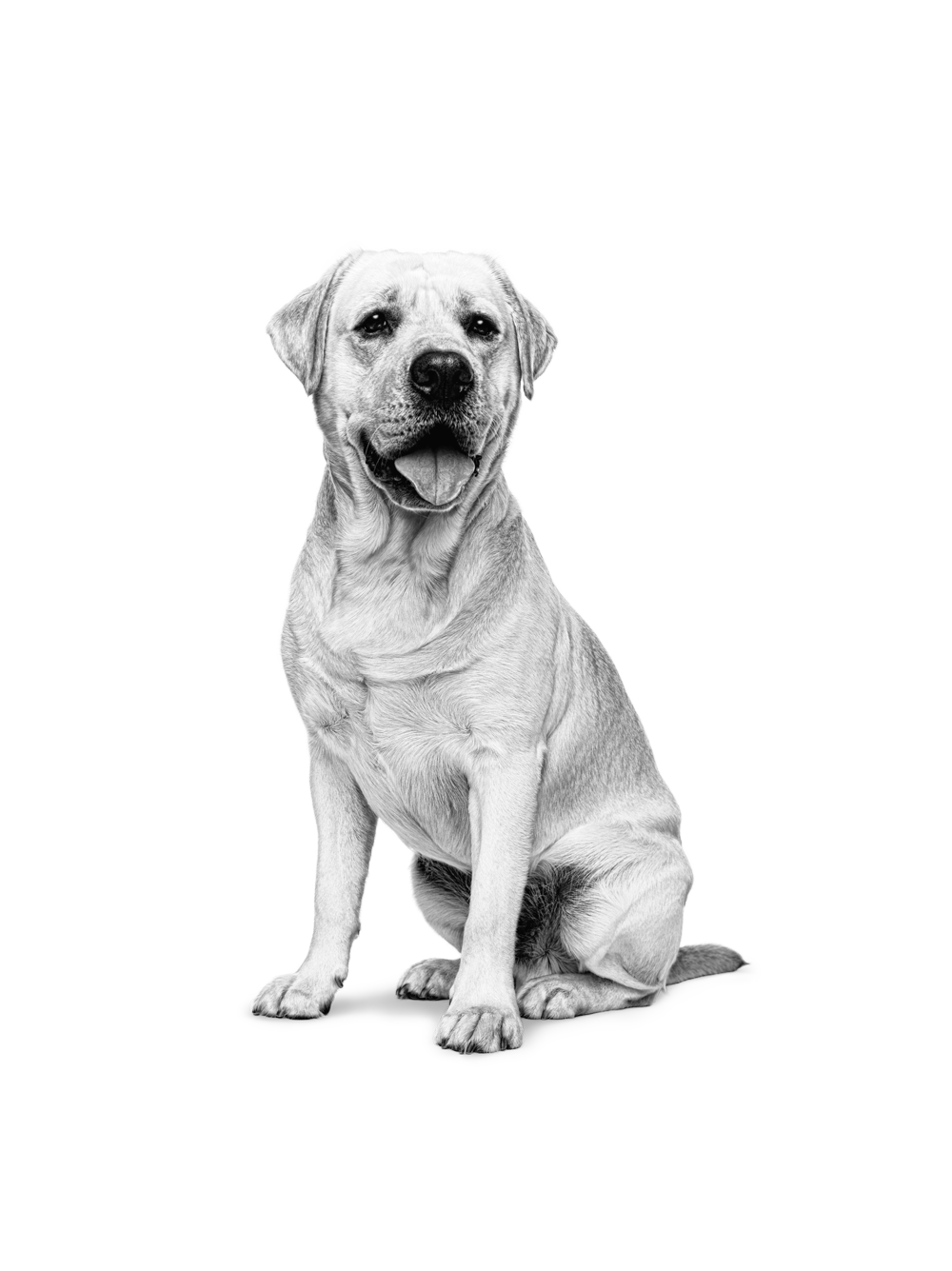When it comes to travelling and embarking on new adventures, the idea of bringing your dog along with you is becoming more popular and acceptable than ever. Holiday packages are being designed around animals as well as owners, and many hotels and holiday providers have adapted their attitudes toward dogs – they very much welcome them.
If you’re looking to travel anytime soon to stay with family, friends or at a hotel, B&B or holiday home in a UK hotspot, you might be wondering whether to leave your dog in the care of a family member, at a kennels or to bring them along with you.
When making your decision, it is important to consider if your dog is sufficiently fit for travel, how to prepare properly, how to best accommodate your dog when making your way to your destination and what you should do once you arrive there.
Let’s begin by taking a look at the circumstances in which it’s appropriate to have your dog in tow on your travels, and the circumstances in which it isn’t.
When not to bring your dog with you
If your dog is unwell, injured or pregnant, it is very much advised that they stay at home. It’s also best to consult a vet to confirm about pets travelling with an illness or injury and to find out what kind of care your dog may need if you cannot stay with them.
If you’re aware that your dog is susceptible to motion sickness, overstimulation, or upset when their routines are disrupted, the best option for them may also be to stay home – particularly if your trip is a short one. Otherwise speak to your vet about the best ways to manage any changes in routine when travelling with your pet.
Will the trip be enjoyable for your dog? Will they be by your side frequently in the company of your friends, or would they spend prolonged periods of time alone? Would it be a bit too hot or would it be perfect walking weather? Try to account for these things as much as possible before taking your canine companion along for the journey.
If you do decide to leave your dog at home, ensure that they are in a comfortable and safe environment with a friend, family member or a trusted dog sitter. If this isn’t possible, have them placed at a reputable kennel for a designated time period – ensure that the kennel’s staff are aware of your dog’s emotional and physical needs.
If it is established that your dog is in good overall health, you can begin making trip preparations for yourself and your dog.
Journey preparation
Firstly, if you’re planning to stay away overnight, ensure that you conduct research into which places allow dogs to stay before making any bookings.
Secondly, if you haven’t already done so, make sure you have your dog microchipped. It is a legal requirement for all dogs over the age of 8 weeks to be microchipped within the UK and ROI, unless they have exceptional veterinary exemption reasons. A pet microchip contains personal information to keep your dog identifiable and the microchipping process is quick and very straightforward for your pet. Read our article on microchipping to find out more.
You should also make sure that your dog receives regular veterinary examinations. Have your vet confirm that your animal is healthy, fit to travel and that all necessary vaccinations, wormers and insect/tick repellents (recommendations and requirements change frequently) and passports or certifications (if needed) are up to date.
Remember to keep your vet’s phone number with you in case you need any advice while you’re away. Additionally, take the number of a veterinary surgery within close proximity of your holiday location with you as a precaution in case of an emergency.
Finally, make sure you pack everything that your dog needs. This includes their usual dog food, (especially if they are on a specific diet), any regular medication they take, toys, lead and collar with ID tag detailing your current contact details, poo bags, bedding and food/drink bowls.
Now that you’re ready and fully packed, let’s take a look at the travel process itself.
Dogs and driving
Travelling by car is generally regarded as a safe means of travel for dogs but there are still safety measures you should take to give you peace of mind. Here are some tips to help you keep your dog comfortable while transporting them safely and comfortably:
- Never leave your dog alone in a car – cars can heat up rapidly even in the space of a few minutes
- Provide a small meal for your dog a few hours before departure – this will ensure they aren’t hungry and may help minimise the chances of travel sickness during the journey as it is generally regarded as being a better option than feeding them directly before they travel
- Always allow your dog free access to water before they travel
- Make sure you walk your dog before the journey to give it exercise and the chance to relieve itself before travelling – this may also help to keep your pet content before your arrival
- Keep the dog inside the car, e.g. not allowed to hang out of a window, or in the bed of a pickup truck
- If it’s a long journey, make pit stops to give your dog the chance to walk and relieve itself
- Bring small meals and water to keep your dog fed and hydrated at pit stops
- For extra safety, you should use a pet carrier that is secured within the car or a dog car harness to keep your dog safely restrained during travel – your vet will be able to advise on the best options for your pet depending upon its size and behaviour
- Keep your dog out of any direct sunlight and ensure appropriate shade is provided at all times
- Don’t open a car window or door when your dog is unrestrained
- Keep your air conditioning on whilst driving or alternatively, if no air con is available, keep the windows slightly ajar (but not open enough for your dog to hang their head out of the window)
- Before you leave, check that pets are allowed to travel with the breakdown service you use in case of emergencies
Once you arrive
When you arrive at your destination, keep your dog in the same healthy routine that they thrive on at home. This is because whilst your location and surroundings may change, your dog’s requirements will not.
Provide regular walks, playtime, and access to fresh water at all times – as well as their regular food at their usual assigned meal times.
If you have any other questions, don’t hesitate to contact your vet for further information.
Once you’ve taken this information into consideration, remember one more thing: have fun and make the trip enjoyable for the both of you! If all goes well, it could be just one of many trips for you and your dog.